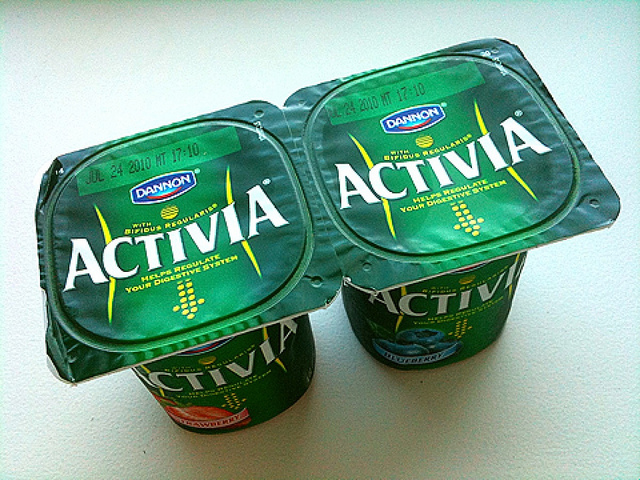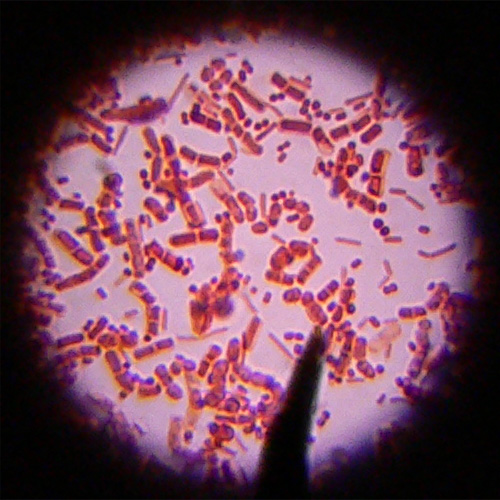Does anyone remember those adverts in the late nineties and early 2000s? Those ads for products that had something called probiotics? There was a sudden boom of them around this time, and ever since then ‘probiotics’ have been one of the hottest words in the dairy industry.
But what exactly are probiotics? And what can they do for you?
When you first saw those adverts, your reaction may have been similar to mine. Bacteria in yogurt? You’re actually adding bacteria to the yogurt? Why would you do that? And why would I then eat it? But as you may have heard by now, there are good bacteria and there are bad bacteria.
All a bacterium is (bacteria is plural) is a single-cell life form that doesn’t have a nucleus. They are absolutely everywhere. You have more bacteria cells in your body than you do human cells. Ten times as much! Many of them don’t do much at all. A lot of them do really important things in your body. And then there are the bad ones. The ones that cause you harm are called pathogenic bacteria. (Pathogenic means capable of causing disease.) The problem is that most people seem to refer to these pathogenic bacteria as simply “bacteria”. This causes confusion.
So what is the good bacteria? Well, we’ve really only spent the last couple of decades looking into them. Most of the good bacteria in your body are working in your digestive system. There are about 400 good bacteria doing their job in there. They help break down food and help your body absorb nutrients. They’re called gut flora, which I’m aware sounds like the name of an extremely morbid flower. Most of the probiotic products you can buy will tend to these.
But again, what are probiotics? They’re micro-organisms which, when consumed, have health benefits for the host. This basically means they’re the good bacteria, and that you can actually eat them. Probiotic combines two Latin words. Pro, meaning for, or supporting, and bios, meaning life. You can find lists of good bacteria online.
Bad news: all that processed food on the market can harm the probiotic bacteria in your body. The good news: there are loads of products with probiotic bacteria. These can take the form of supplements, like Threelac, or in thousands of yogurts. They’re more likely to be found in cold foods, as heat isn’t good for bacteria. (This is the same reason you’re advised to wash your hands with hot water.)
Although good bacteria find their way into our bodies naturally, they don’t always remain there. Good bacteria, as well as bad, are often killed by antibiotics. (And yes, antibiotic does derive from the Latin for ‘against life’. The ‘life’ they’re against is just pathogenic life, though, not yours!). Illnesses can also kill off good bacteria. Our bodies don’t reproduce these bacteria. This is why introducing the bacteria through probiotics can be a good idea.
Actively consuming good bacteria can help you with digestive issues. It can also help you get rid of fatigue and boost your immune system. It was also established within the last decade that gut flora plays a key role in weight loss.
Be afraid of eating bacteria no more!



We offer assistance for anyone seeking guidance for ‘Take my GED for me’ or ‘Take my TEAS exam.’ Require assistance with your GED or TEAS examination? We provide services that enable you to employ somebody to take your GED or TEAS exam, as well as to obtain exam assistance and solutions.
Pay Someone To Take My TEAS Exam
We provide support for those looking for ‘Take my Exam for me’ solutions. Need help with your exam? We offer services so you can pay someone to take your test, hire someone for exam assistance and solutions.
Take My Exam For Me